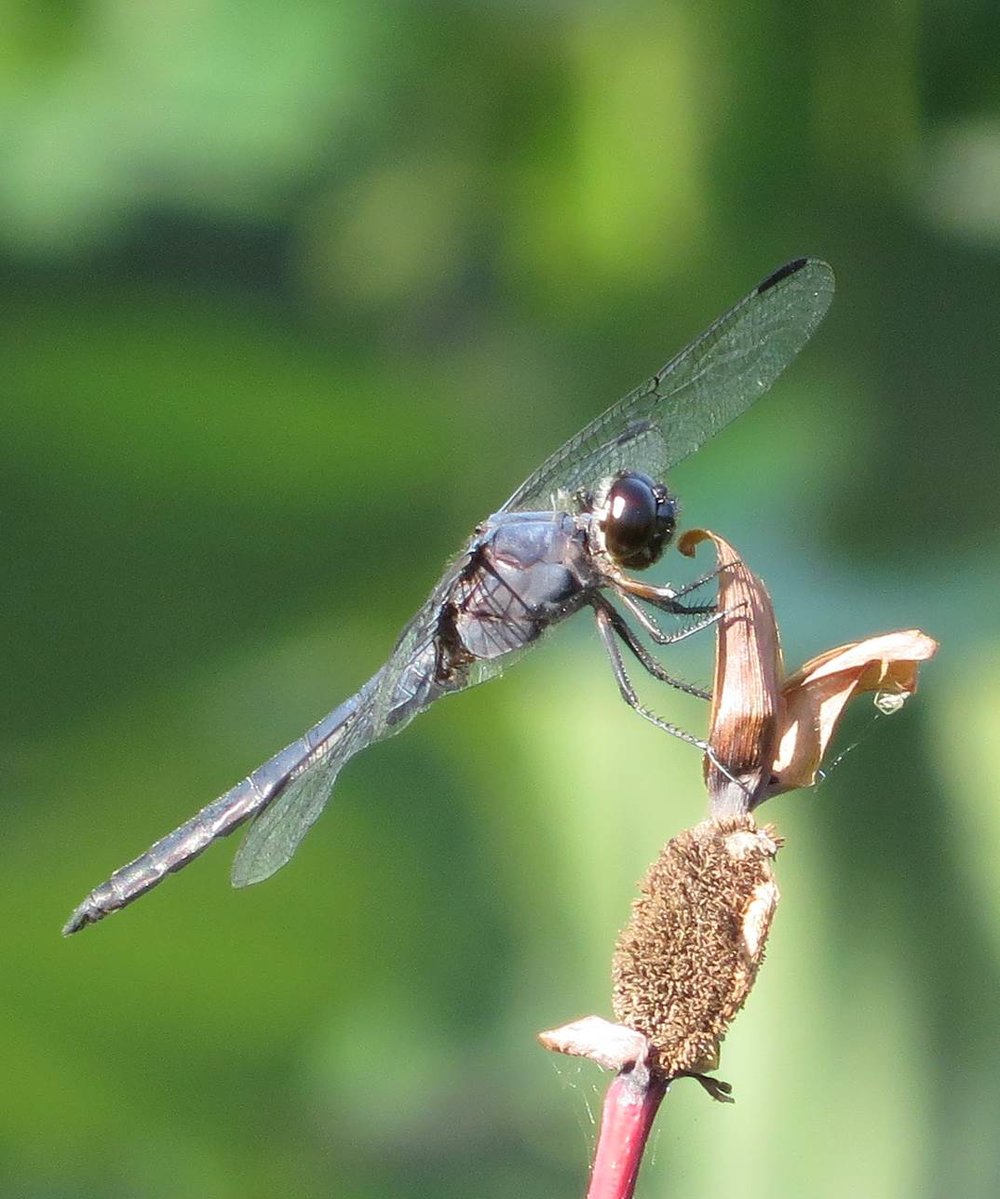Gleanings of the Week Ending July 18, 2015
/The items below were ‘the cream’ of the articles and websites I found this past week. Click on the light green text to look at the article.
Toward Blood-based Cancer Detection - Lots of promise….but it is still a work in progress.
Buzz Kill for Bumblebees: Climate Change Is Shrinking Their Range - Bumblebees prefer cooler temperatures than many other insects and they like open areas rather than forest. As the ‘normal’ temperatures get hotter, the bee’s southern range is creeping northward but the forests of the north are a physical boundary to their expansion…thus a shrinking area for bumblebees.
Why can’t we move? - A lot of people in the US spend too long commuting…stuck in traffic or on inadequate public transportation. The US has fallen behind the rest of the developed world in our ability to move people to and from and within our cities.
Solving the Energy Efficiency Quandary - It often hard to measure the efficiency of an improvement that is ‘supposed’ to save energy. Not there are some standards emerging that may help do that. It is something needed for homeowners to finally gain enough data to understand the energy use of their home…and guide their decisions re improvements that will have the most impact.
For the Love of Plants - I enjoy botanical prints in old books…and here are some modern ones from botanical illustrator Mindy Lighthipe! (art work) My favorite one is the Monarch Butterfly with milkweed; it includes the Monarch lifecycle.
How free is Your Produce? - How well do you know your 19th century history? Evidently the free produce movement was a food justice movement propelled by Quakers and other abolitionists who hoped to abolish slavery through food ways. And now we have the Fair Trade movement and Fair Food program which are very similar.
The Chemistry of Ice Cream – Components, Structure, & Flavor - A favorite warm weather treat!
Dragonflies and Damselflies - Check out Elizabeth’s Wildflower Blog --- this time about insects rather than flowers.
Smoke North and Saharan Dust South - Smoke and dust travel a very long ways across land and ocean.
Photography in the National Parks: Framing Wildflowers in the Parks - Good photography tips…and National Parks offer so many subjects to choose from!

























